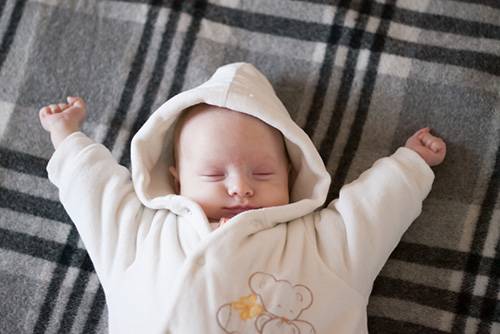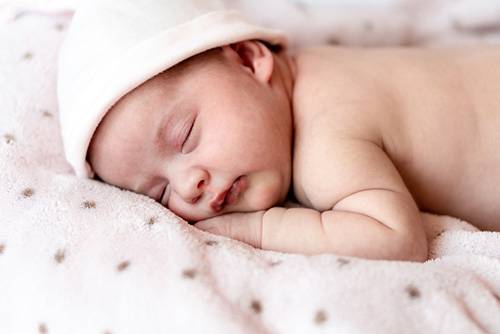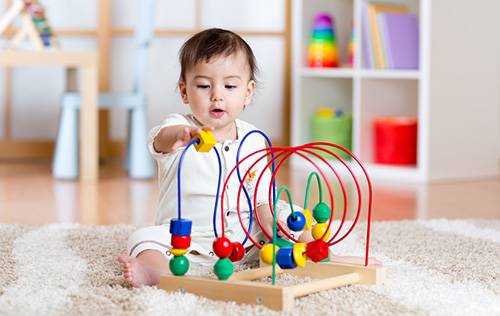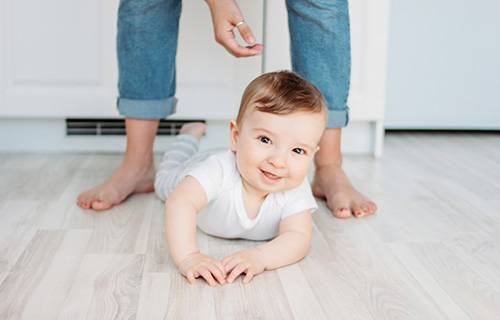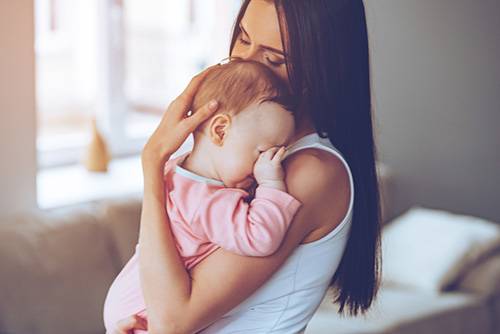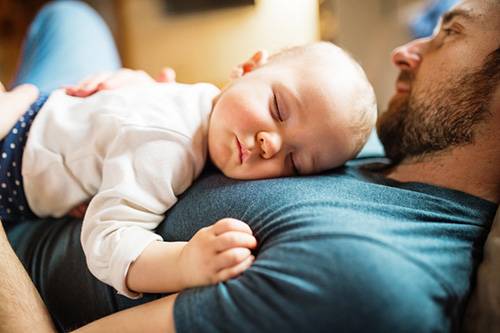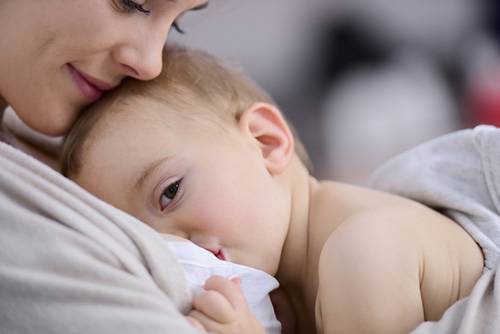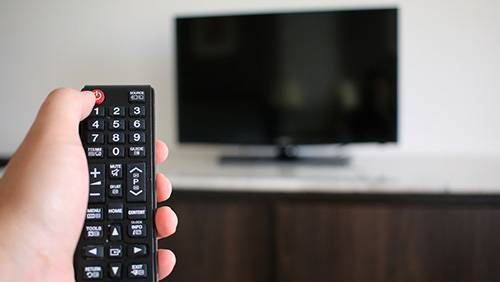
If this is a concern, you aren’t alone. Afterall, many parents depend on naps during the day to get their own sleep in- or take care of work or various chores. Plus, a child that will not sleep for a decent length of time each night can seriously disrupt an entire household. But what, exactly, can you do to influence a better night’s rest?
Understanding Short vs Long Naps
Sleep cycles in babies generally only last 45 to 60 minutes, and so a nap should consist of approximately this much time. A short nap will consist of only one rotation through the sleep cycle, while a longer nap will cycle through at least 2. This means a short nap will be anywhere between 45 to 60 minutes on average, while a longer nap will last at least 90 minutes.
When a baby is interrupted or wakes without completing a cycle, this is when they may still seem groggy or fussy. It takes time to recover from waking within various points of the cycle, and the body may still feel unrested. Luckily with some additional quiet time it is generally easy to recover, but if you can foster an environment that allows them to wake naturally- that is the best of their health.
It is also important to understand an infant will not generally have a regular sleep schedule until they are around 6 months of age. This is when their body begins to better regulate itself. Until then, they will nap and wake sporadically.
Sleep Benefits
Sleep is important to everyone, but especially for babies who are both mentally and physically developing. Ensuring they are getting the proper amount of sleep, and are able to at least complete sleep cycles each time they nap helps support important physiological milestones.
Cognitive Growth
When you sleep, your brain processes and consolidates information. This helps create memory and recognition, both skills your baby needs to continue mastering learning processes.
Physical Development
A baby’s body is in constant physical development as well, and the deep phases of the sleep cycle are where repair and growth takes place.
Behavior Patterns
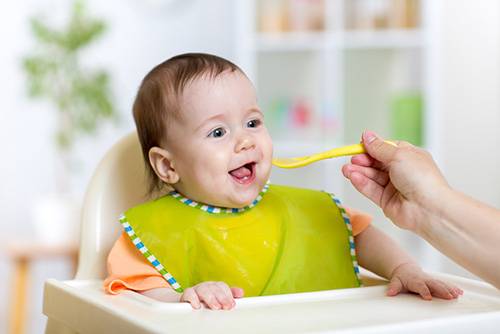
How to Tell if a Baby isn’t Getting Enough Sleep
Since babies aren’t exactly expert communicators, it can be difficult to figure out what exactly is bothering them at times. But if your child struggles to fall asleep, wakes quickly after falling asleep, and is generally inconsolable – chances are they are suffering from sleep deprivation. Keeping them comfortable and feeding them will often eventually allow them to fall asleep, and let them catch up on their much needed rest.
If your child is getting at least 45 minutes of sleep or more at each nap, and wakes on their own, chances are they are getting what they need. Unfortunately this may not give you a lot of time to get what you need done, but it is fairly normal for the first few months of life. To help you soothe and influence a schedule, try some of the following:
— Begin to Recognize Sleep Cues
Rubbing their eyes, fussiness, needing to eat, and yawning are a few of the cues your child may give you that they are ready to sleep. If you see this, and suspect you are nearing nap time, help foster their rest by moving into a quiet, dimly lit area or place them down for a nap if they can independently fall asleep without being held or feeding.
— Keep to a Routine as Much as Possible
Even though babies pretty much will nap on and off during the day, they will naturally fall into an approximate routine in which they tire during specific times of the day, Watch for those times and their cues, and begin to help them associate that time with sleep.
— Help Create a Sleep Environment
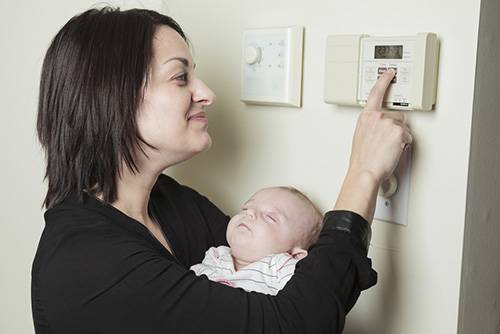
— Schedule Feedings Near Nap Times
Many children associate a full belly with sleep. Consider trying to set a feeding and nap schedule near one another in order to allow your baby to drift off after eating.
— Avoid Screens
Televisions, phones, and tablets all emit blue light, which can trigger the hormones in the brain to stay awake. Even though your baby may not be actually watching television, being in proximity of it will have the same effect. Try to limit this contact, especially when you suspect you are closing in on a nap.
— Consider White Noise or Soothing Sounds
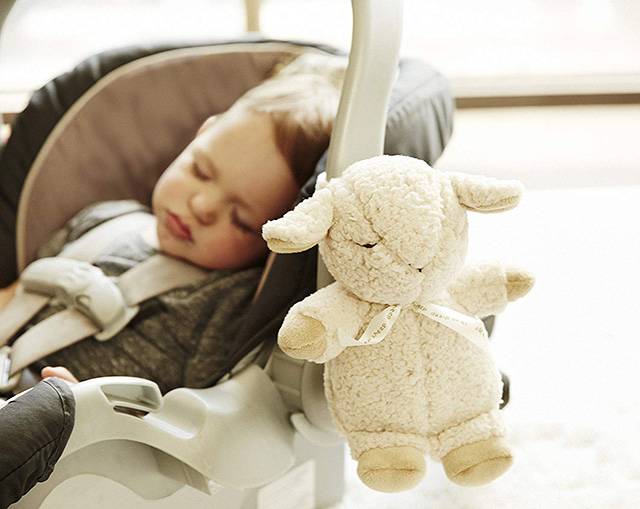
Conclusion
We all wish our babies would take long daytime naps so we can get a break. And it may seem as if your child is not getting enough rest if their nap only lasts as long as it takes you to get ready for the day- but have no worries- as this is completely normal.
If you have concerns that there may be an issue with restorative sleep, always be sure to contact your child’s healthcare provided to help further answer your questions.
Photo credit: Nina Buday/Shutterstock; yuliaisupova/Shutterstock;
mytrykau/Shutterstock; Oksana Kuzmina/Shutterstock; Galina Zhigalova/Shutterstock;
G-Stock Studio/Shutterstock; Halfpoint/Shutterstock; Lopolo/Shutterstock;
goodluz/Shutterstock; Supat Toadithep/Shutterstock
